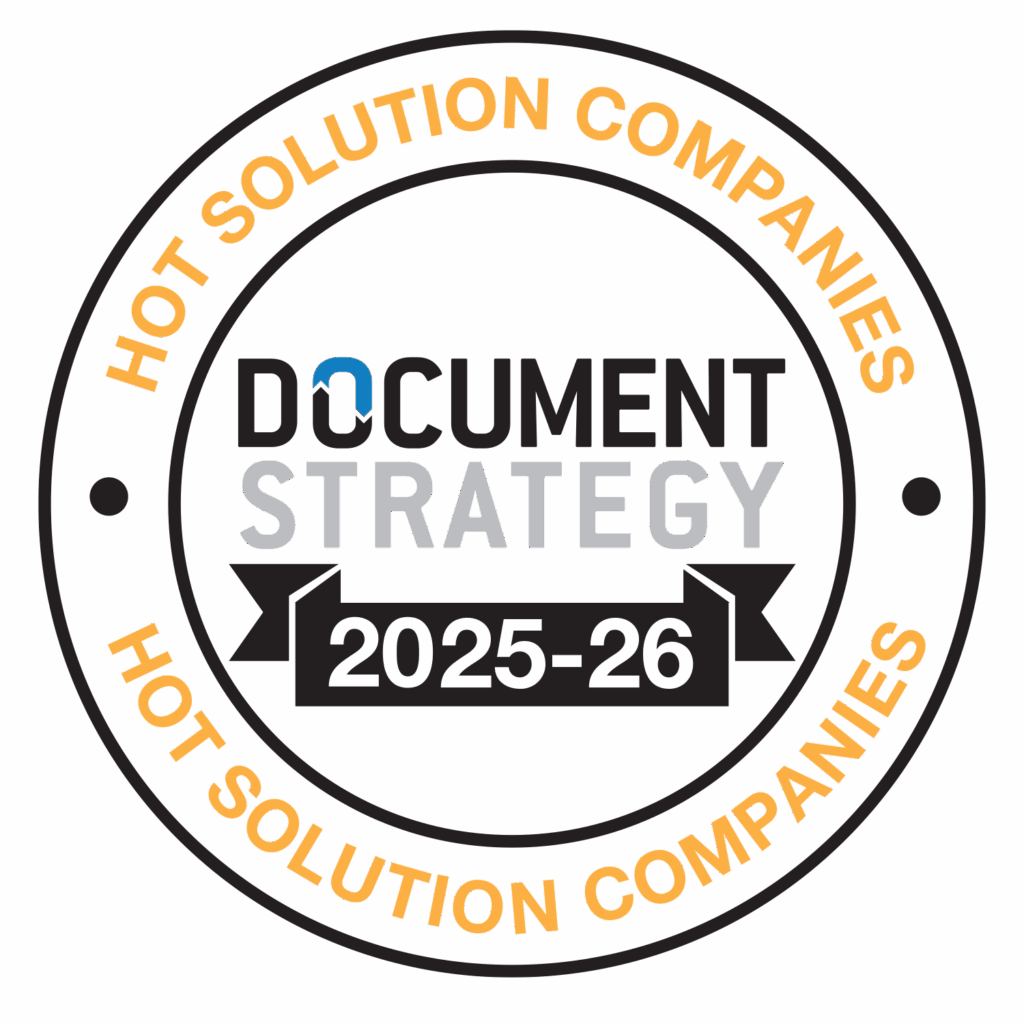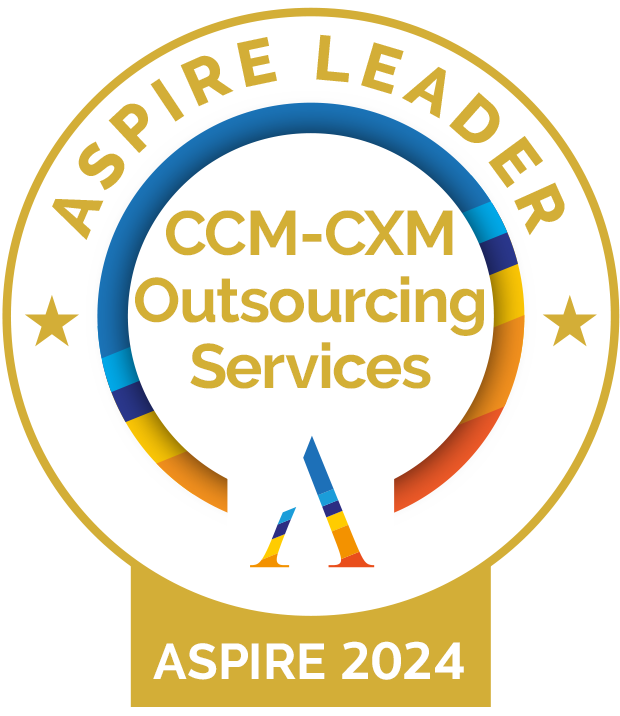1. Know the customer data you have
To keep pace with the rapid, permanent shift in consumer behavior accelerated by the COVID-19 pandemic, organizations are adopting a “digital-first” mindset in which they prioritize digital products and services. It’s a smart play given that two-thirds of business leaders surveyed by Deloitte believe organizations that don’t digitize within five years don’t have a future. And most businesses already have the main ingredient to undertake a digital transformation initiative at their business: data. The rewards are high for companies that use data to make better decisions, to predict outcomes and to deliver more relevant, personalized experiences to customers—on average, data-driven enterprises generate more than 30 percent growth per year. Here’s how to start harnessing your own data to successfully achieve digital transformation.
- Inventory your digital data across websites, mobile applications and media programs to see what’s available.
- Talk to your CRM team to see what’s in your database(s).
- Find any holes or missed opportunities in your tagging. For instance, adding tags to untagged website pages and device data, especially in a cookieless context, can provide a more complete picture of your users’ behavior.
2. Centralize your data
Data is notoriously messy. Not only is it scattered across different areas of a business, but it’s often in a format that is unusable across initiatives. Not having normalized data in a single digital system not only thwarts digital transformation initiatives, it also limits your ability to deliver personalized payments communications and reminders that can boost customer retention.
You’ll need a way to manage and segment all of the different data sources you’re pulling in to 1) have a complete picture of customers 2) centrally manage their experience across channels, formats and devices and 3) ensure proper data security. Gathering data scattered across multiple systems and functionalities and consolidating it all into one integrated platform will help you develop communications both relevant to the individual customer and timed to spark new interactions. Platforms like EverView centralize payment data, channels and analytics and are certified with the latest data security and compliance requirements.
3. Give your data a little boost
Many businesses can’t solely rely on their own first-party data to drive business outcomes. They often need to tap into other data sources to supplement their owned information. EverView has tons of billing and payment data and can add other third-party data that can help you round out your customer profiles.
4. Use data to personalize your messaging
Eighty-three percent of consumers are willing to share their data to get a personalized experience. The beauty of partnering with a vendor that can help you apply user-level behavior data is that you can learn which communication methods individual customers most prefer. For instance, based on what the data tells you, you can send an email one week and a text message another and design and version cross-sell and up-sell messaging.
Data can also give you insight into how and when people prefer to pay. For example, some customers might like to automate bill pay while others tend to make a single payment with a digital wallet. Combining behavioral data with payment preference gives you a more clear cut path to understanding exactly how to engage and convert specific customers.
5. Activate data in an omnichannel way
Having healthy first-party data all in one place is fantastic. But if you can’t activate it across the multiple channels your customers are using, it effectively becomes useless. Activating your data is the linchpin of any good digital transformation initiative. Look for customer engagement and payment solutions that can funnel your data in any direction—to print documents, deliver eBills, accept payments, send emails, and recommend add-on solutions—with only one point of implementation. The result is maximum reach through a simplified experience.
The EverView platform can help you use data so you can meet your customers wherever they are and drive deeper engagement as you pursue digital transformation. Learn more here.




